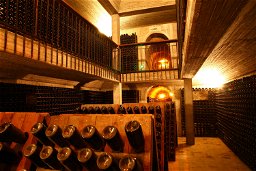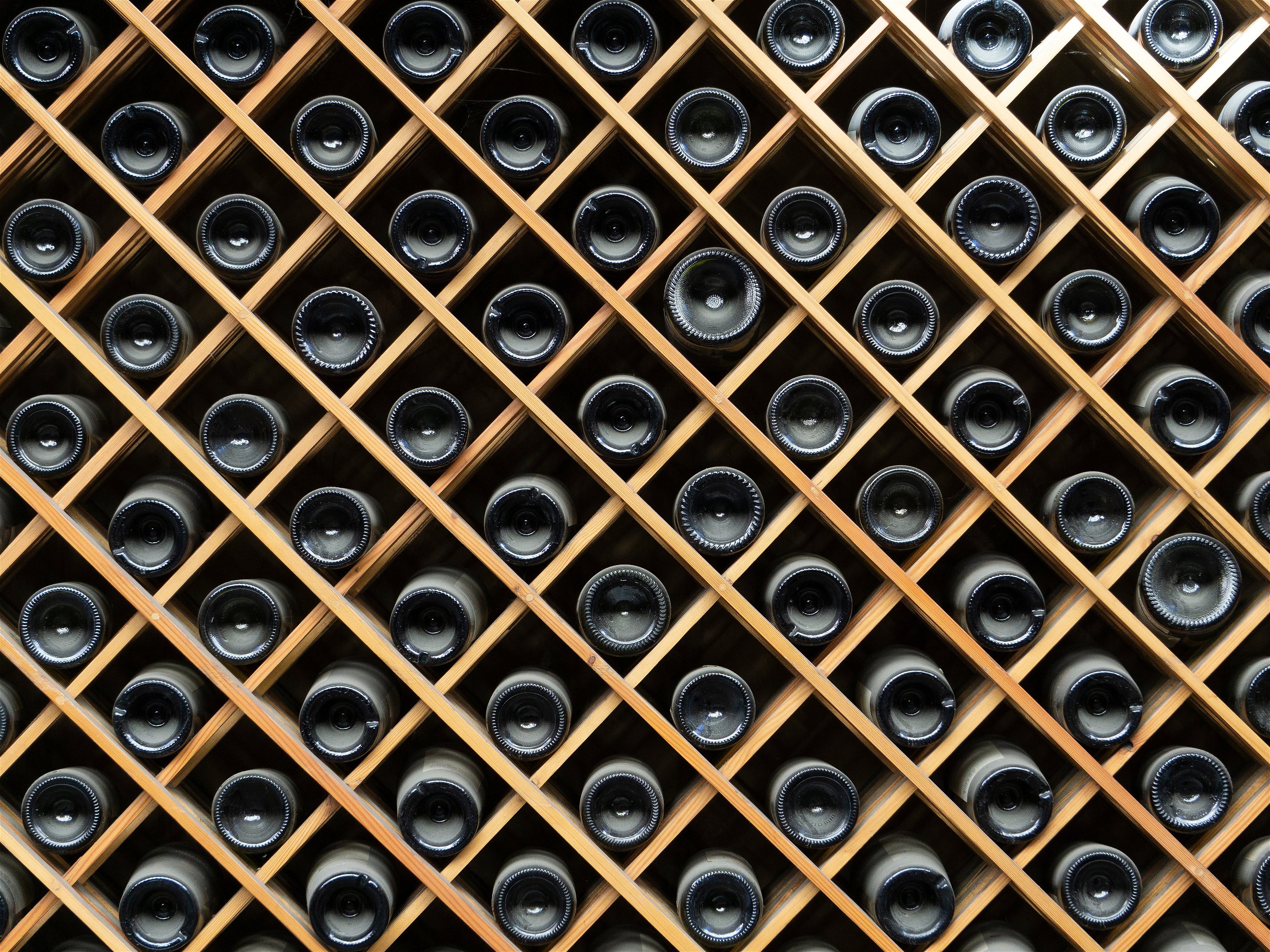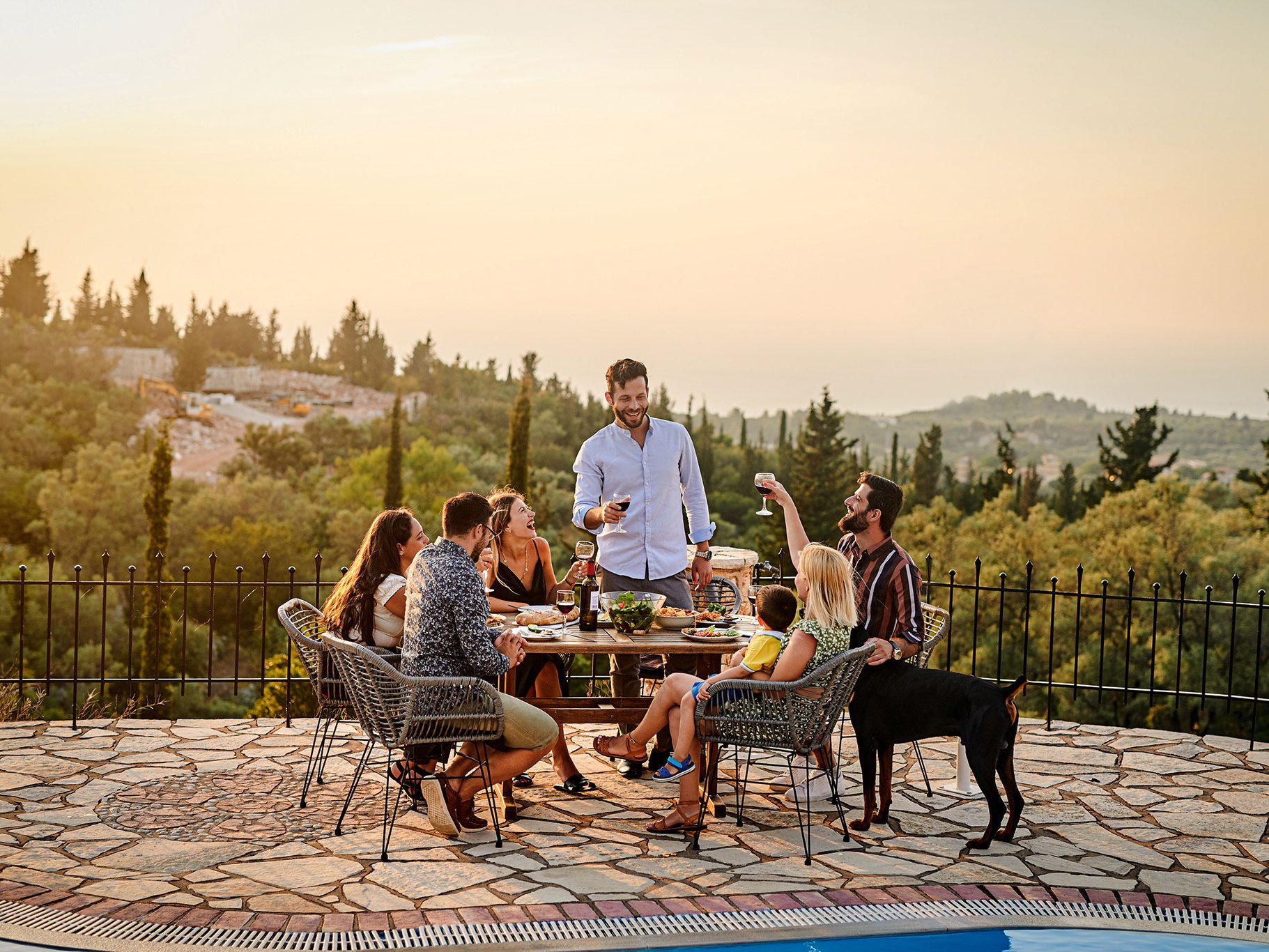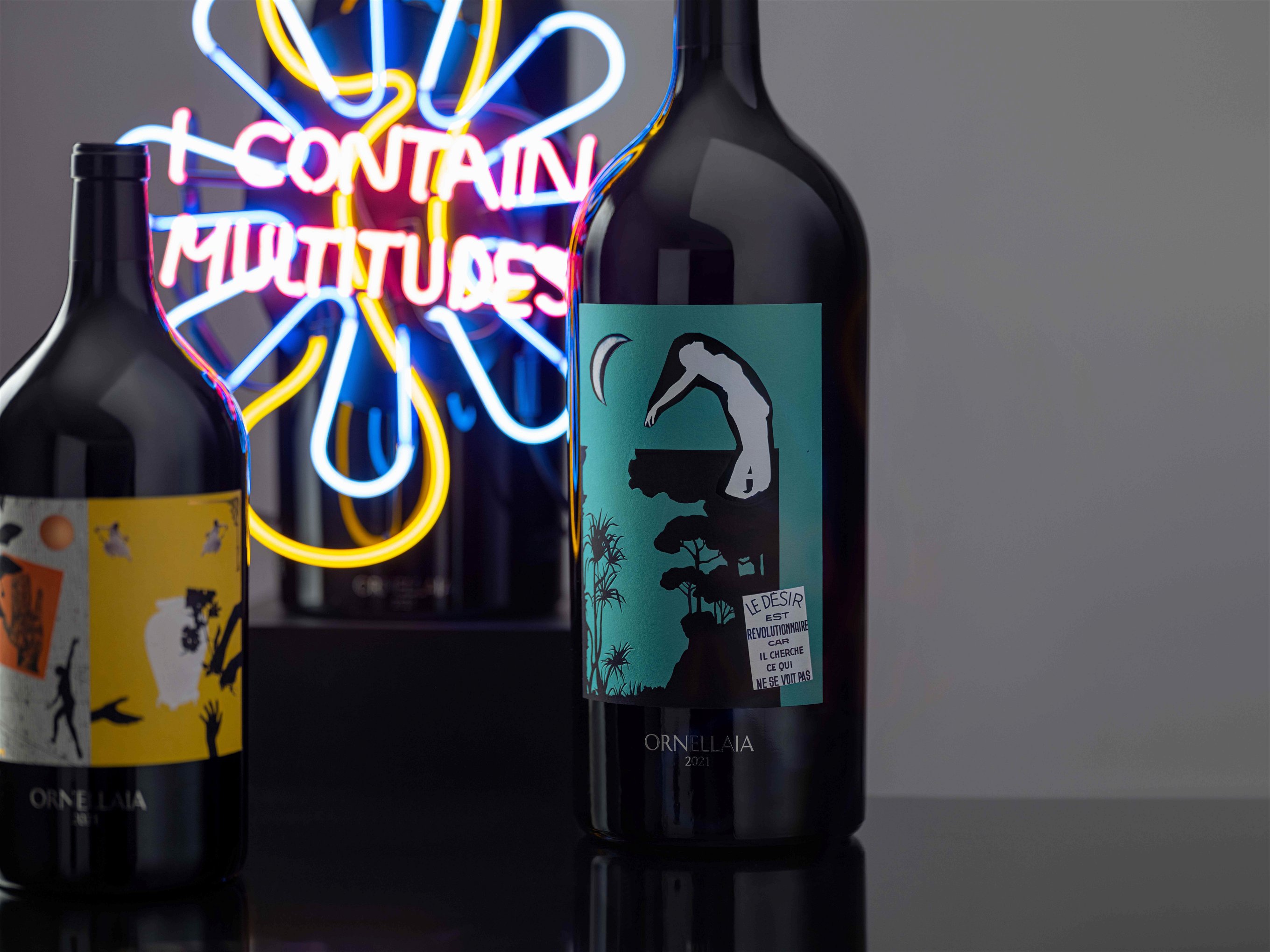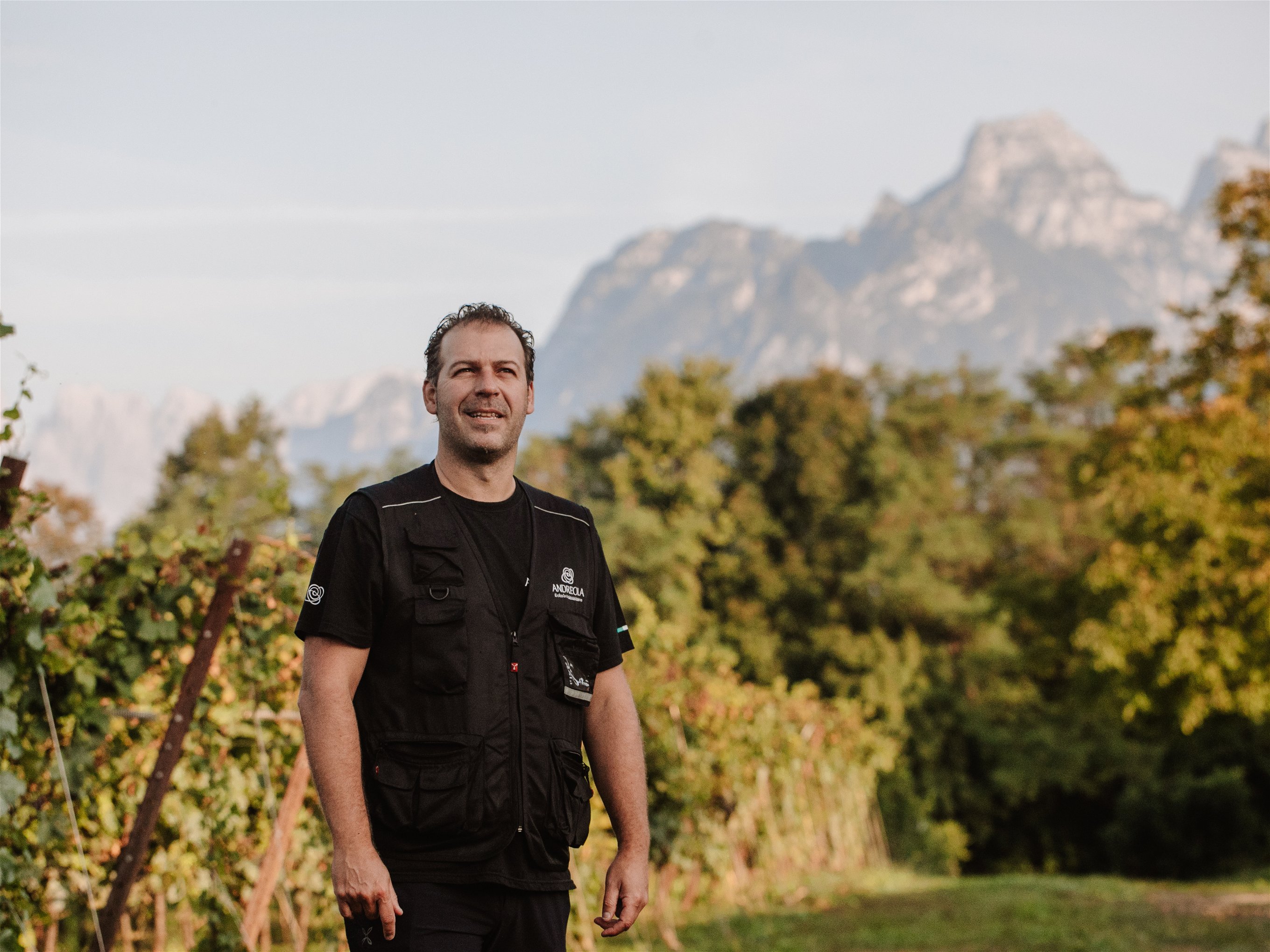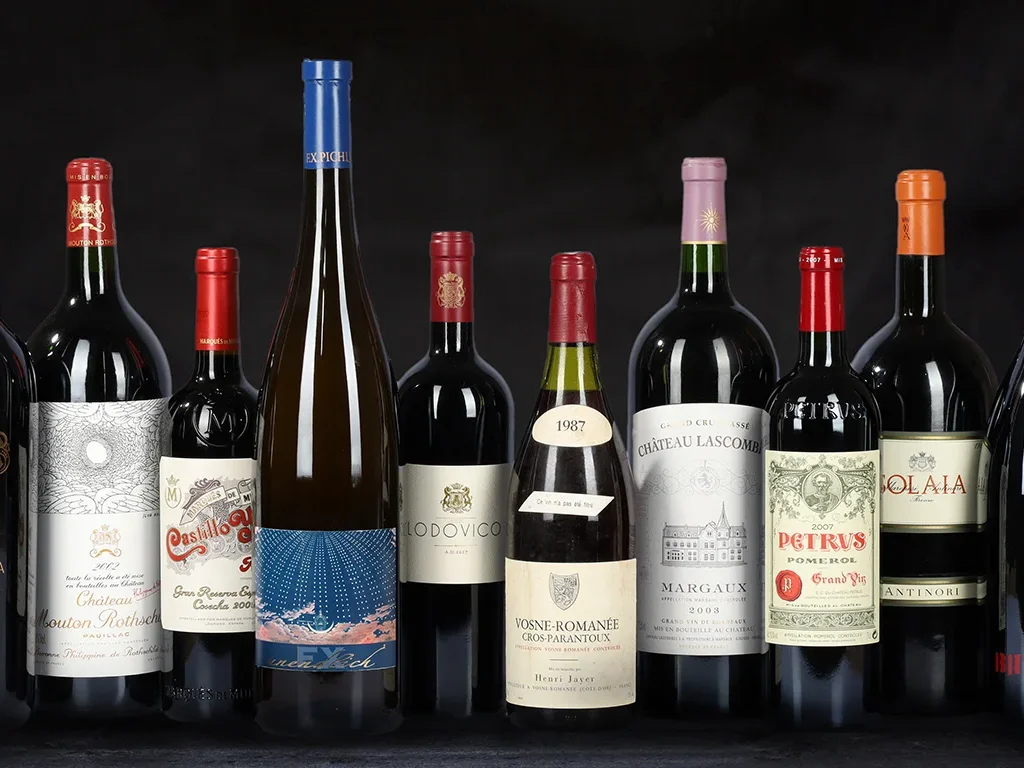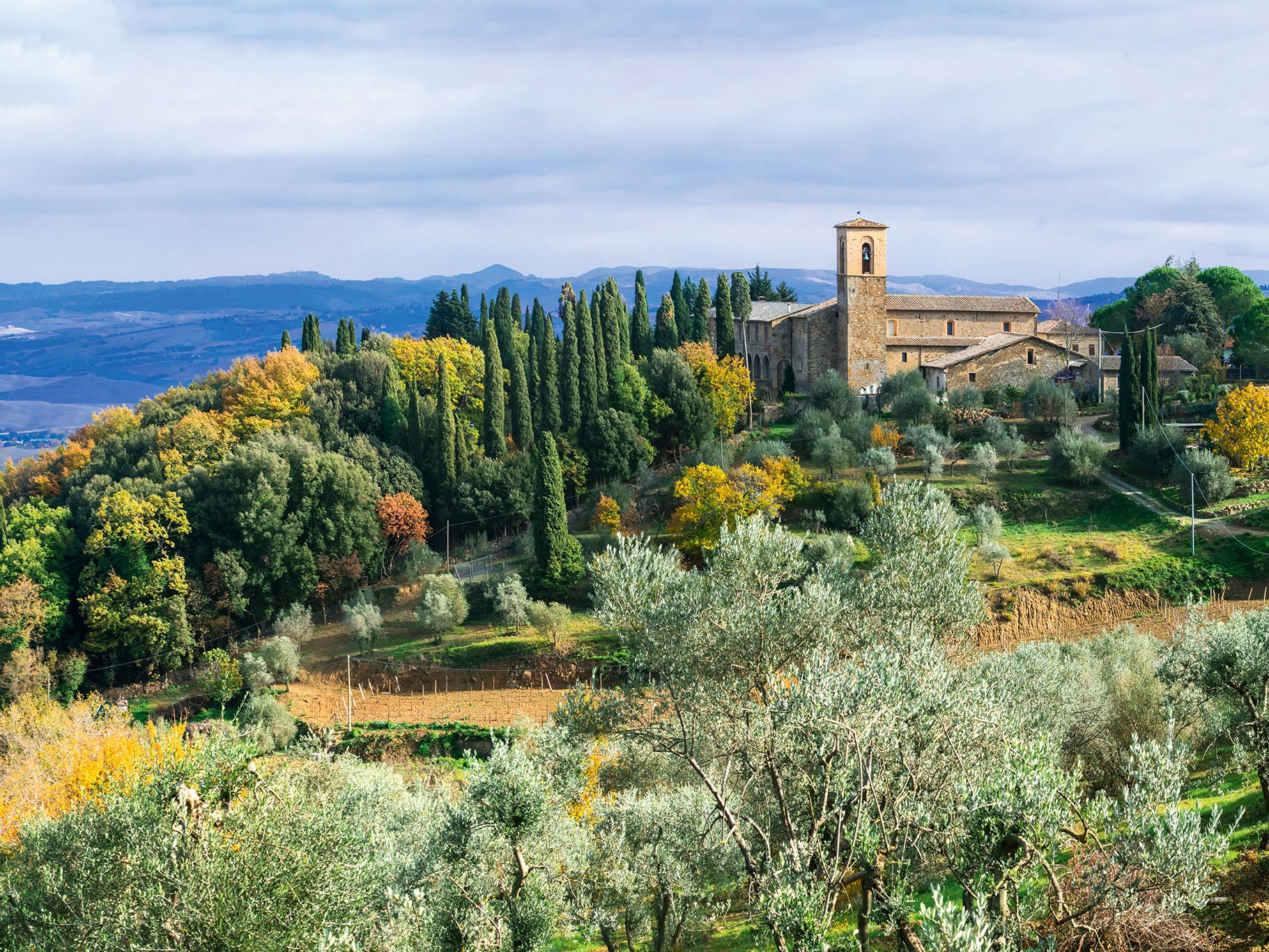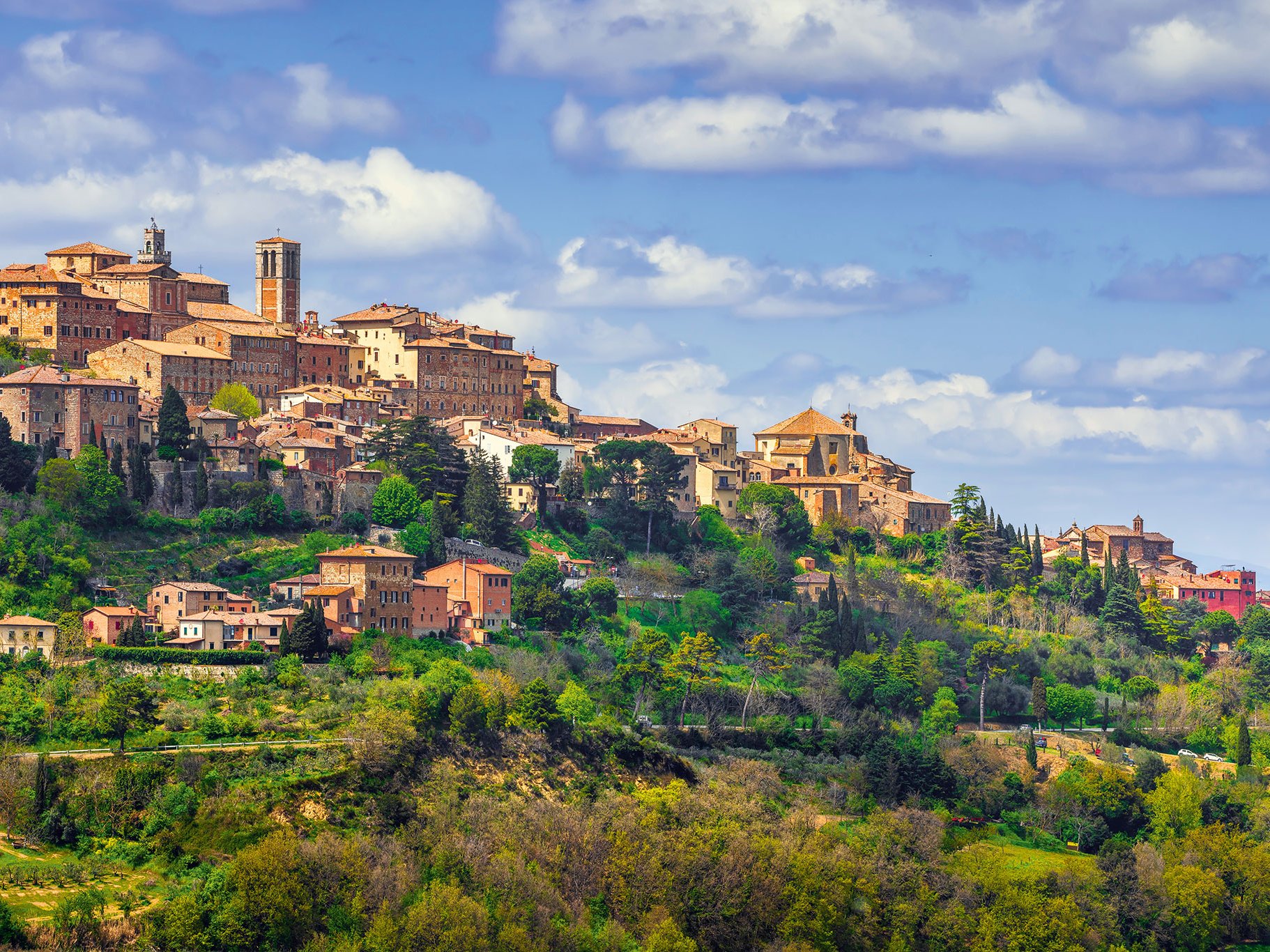The area under vines in Veneto covers about 75,000 hectares, providing the third largest quantity of wine in Italy afterPuglia and Sicily. The charming landscape of the Veneto extends from the shores of Lake Garda to the borders of Friuli in the east and to the borders of Austria in the north. The capital, Venice, used to be a very important hub for the wine of northern Italy. Venice stands for a variety of specific wine styles.
Among the most famous today is, of course, Prosecco di Conegliano, of which about 150 million bottles are produced. Equally famous, however, are the white wine Soave as well as the red wine Valpolicella, which gained popularity especially in the period after World War II due to tourists from Germany.
The wines were already very well known in earlier times, because Veneto is located directly on the trade route from the Brenner Pass to Venice, so that many travellers had to be supplied with provisions and wine here.
The best wine-growing areas are located on the slopes of the last Alpine foothills. Towards the south the area becomes flatter and produces rather plain wine. The climate is determined by an interesting interplay of cool air from the Alps and Mediterranean influences.
In addition to the famous Soave and Valpolicella, white wines such as Bianco di Custoza and the rosé and red wines of Bardolino play an important role.
A very special red wine of the Veneto has become popular in the last 15 years; the Amarone. This very special, powerful and dry wine is made from dried grapes, the best of this kind are rare and very valuable. The noble sweet variety is called Recioto. If young Valpolicella is left to ferment together with the grape skins from the Amarone production, a Ripasso is obtained.


